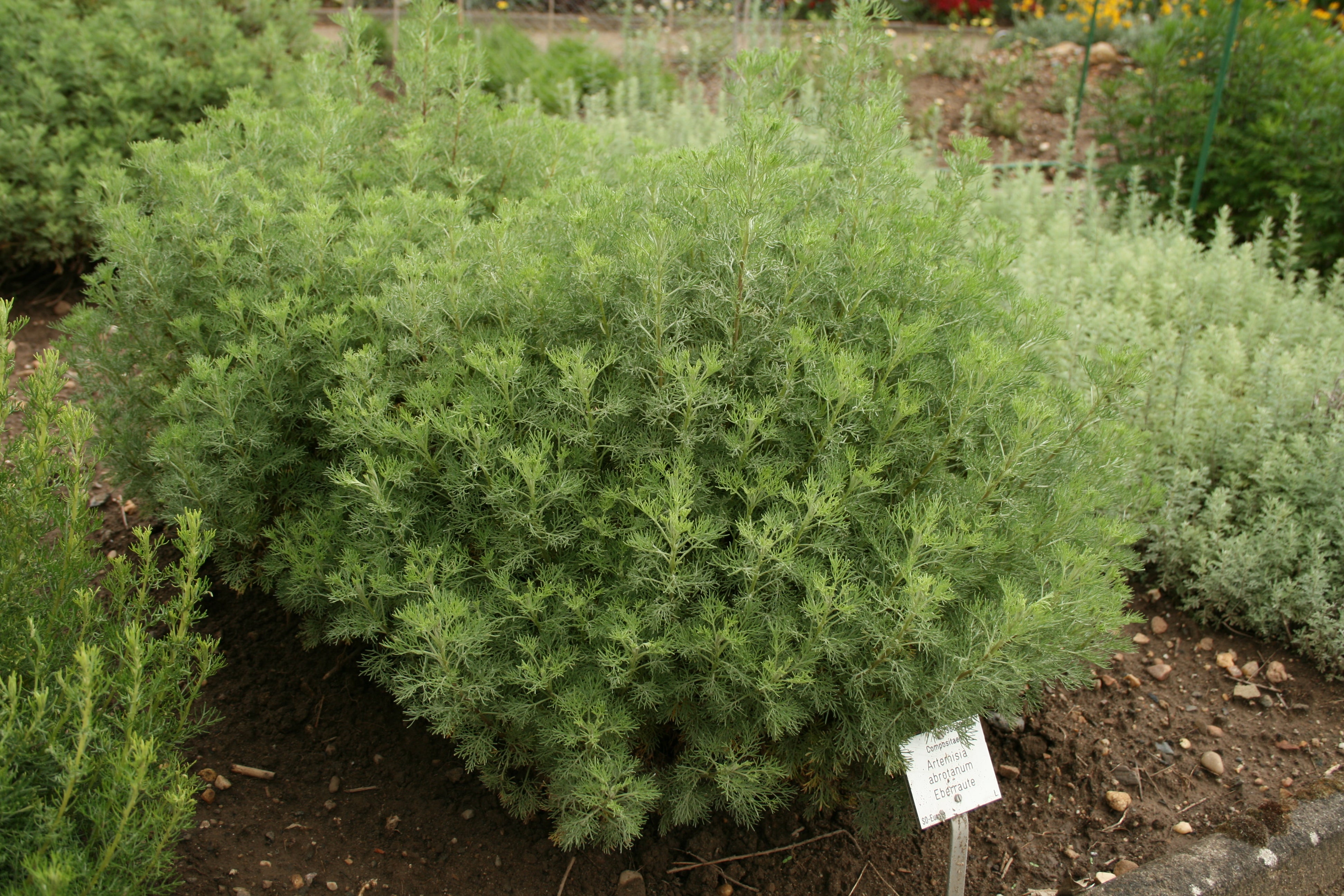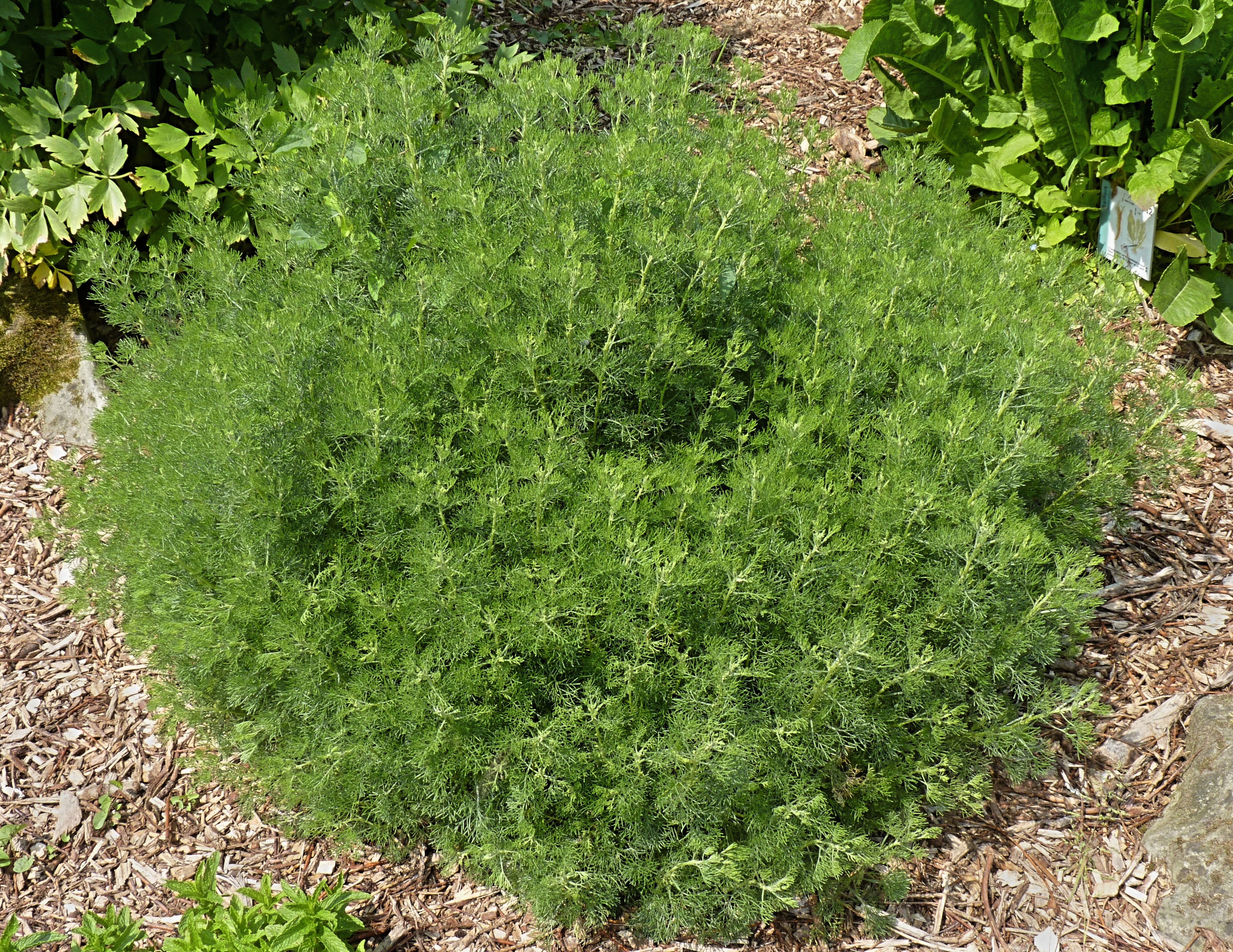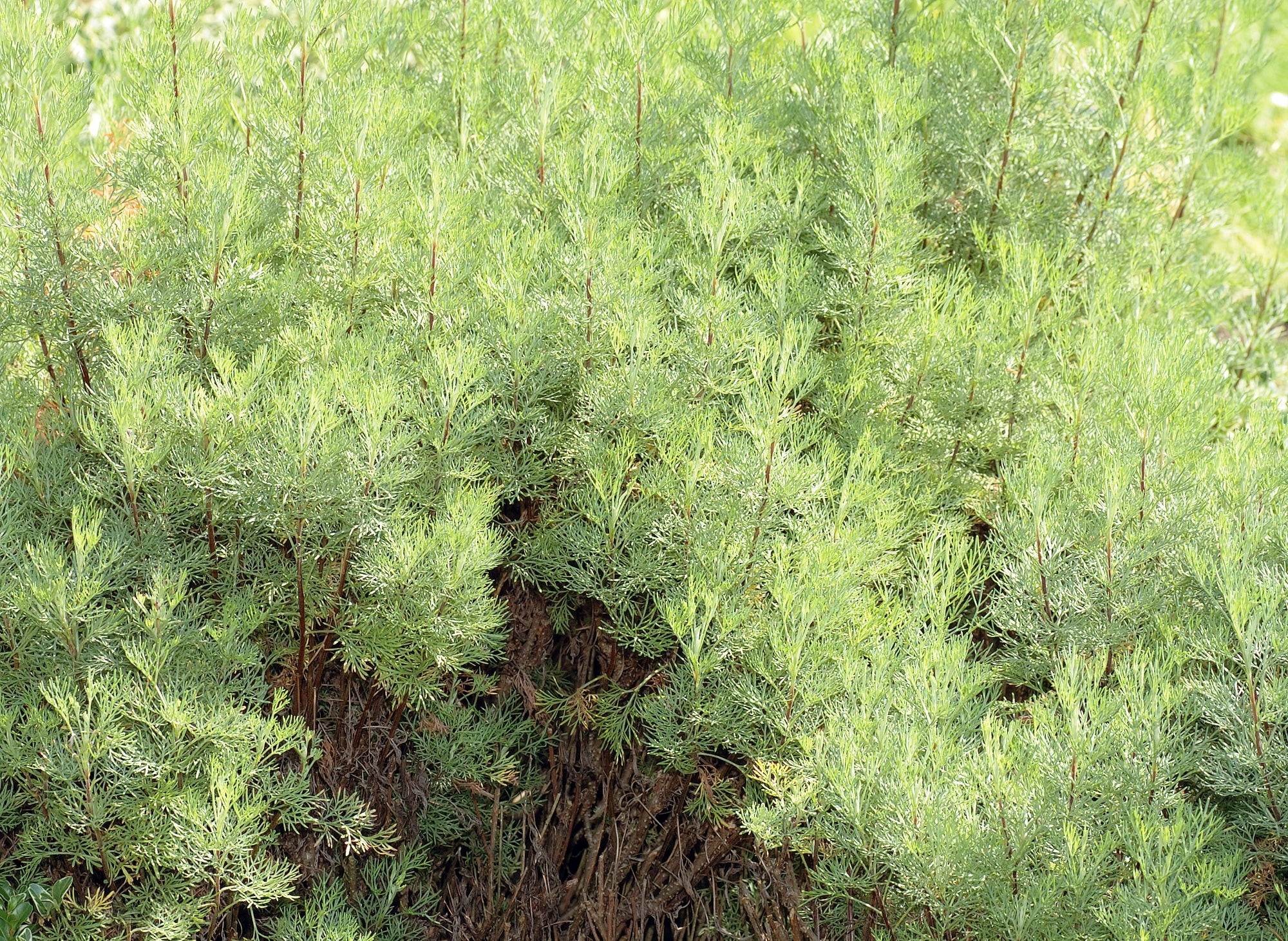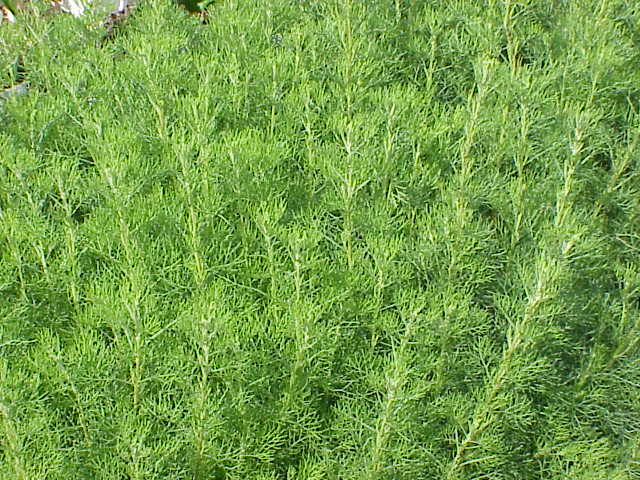Artemisia abrotanum
Approx. 0.5 litre pot
About this cultivar:
Artemisia abrotanum is native to southern Europe, most likely in countries along the Mediterranean from Spain to Italy. It is semi-evergreen in frost-free winter climates, but deciduous in cold winter locations. Although once planted as both a culinary herb and a medicinal herb, it is primarily grown in gardens today for its attractive ornamental foliage augmented by its pleasant citrus to camphor-like foliage fragrance. We love its tidy habit which can also be shaped a bit like topiary.
The leaves retain good fragrance after drying, hence their use in sachets, as air fresheners and for discouraging clothing moths. This plant flowers infrequently the flowers are not particularly showy. Specific epithet from Greek means wormwood or southernwood.
This plant has acquired a large number of additional common names over time including lad’s love, maid’s love or old man. The French name for this plant is garderobe meaning ‘guard the wardrobe’ in recognition of the practice of placing plant sprigs in closets or clothing drawers to deter moths!
.
- Position: Full sun, partial shade
- Soil: Almost any soil that is reasonably well drained, dry soil
- Flowers: August, September, October
- Other features: Interesting Foliage or Fruit, Scented
- Hardiness: H6 - Hardy in all of UK and northern Europe (-20 to -15°C), Fully hardy
- Habit: Bushy, Columnar or Upright
- Foliage: Semi evergreen
- Height: 60 to 90 cm (2 - 3 ft)
- Spread: 60 to 90 cm (2 - 3 ft)
- Time to full growth: 5 to 10 years
- Plant type: Herbaceous Perennial, Shrub
- Colour: Green, Silver, Yellow
- Goes well with: Paths, front of borders
About this genus:
Artemisia is a large, diverse genus of plants with between 200 and 400 species belonging to the daisy family (Asteraceae). The name ultimately derives from Artemis, the Greek goddess of the moon, wild animals, and hunting. A more specific reference may be to Artemisia I (or II) of Caria – both Queens and successful Naval Strategists! Common names for various species in the genus include mugwort, wormwood, and sagebrush.
Artemisia comprises hardy herbaceous plants and shrubs that grow in temperate climates of both hemispheres, usually in dry or semiarid habitats. The leaves of many species are covered with white hairs.
It has been mentioned in popular culture for centuries. Artemisia vulgaris (mugwort) was used to repel midges (mug = midge), fleas and moths, intestinal worms, and in brewing as a remedy against hangovers and nightmares. Perhaps caused by drinking absinthe… which Artemisia absinthium is used to make!
Most species have an extremely bitter taste, which discourages herbivory, and may have had a selective advantage. In Shakespeare's Hamlet, the titular character says "Wormwood, wormwood" to comment on the bitter implications of what the Player Queen has just said. Wormwood is even mentioned seven times in the Jewish Bible, always with the implication of bitterness! However, the species dracunculus (tarragon) is widely used as a culinary herb. Other species are used to treat malaria and as sedative.
In the garden they tend to prefer full sun and free draining soil, but most we sell should be fine anywhere – we don’t sell much to Greece. Great for foliage and the front of the border. The small wind-pollinated flowers are also fun!
The largest collection of living Artemisia species, subspecies and cultivars is held in the National Collection of Artemisia in Sidmouth, Devon, UK, which holds about 400 taxa.








